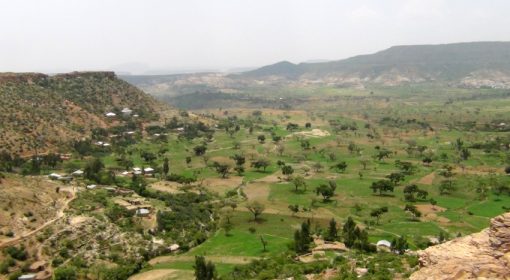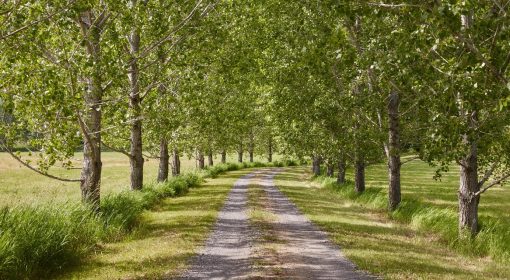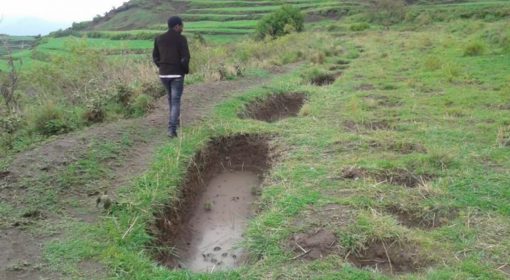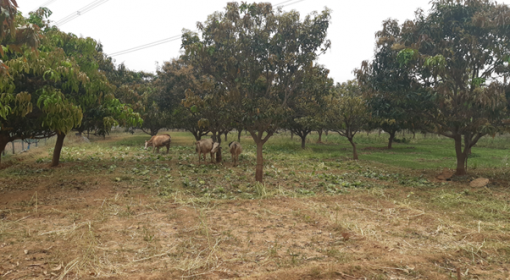Dr Dimitris Kofinas, Civil Engineer, water resources management, University of Thessaly

If one has been introduced to the cinematic universe of Theo Angelopoulos, they might recall the beauty and melancholy of its picturesque natural scenery. Actually, seven of his movies were filmed at the town of Florina and its mountainous surroundings and natural landscape, in the region of Western Macedonia, Greece. Indicative of the region’s natural beauty are the multiple Natura sited spots, lakes and mountains, such as the national park of the Prespa lakes on the threepoint of the Republic of North Macedonia, Albania and Greece. Western Macedonia is the only of the thirteen regions of Greece that does not have a coastline, while most of its surface is covered by mountainous and semi-mountainous areas.
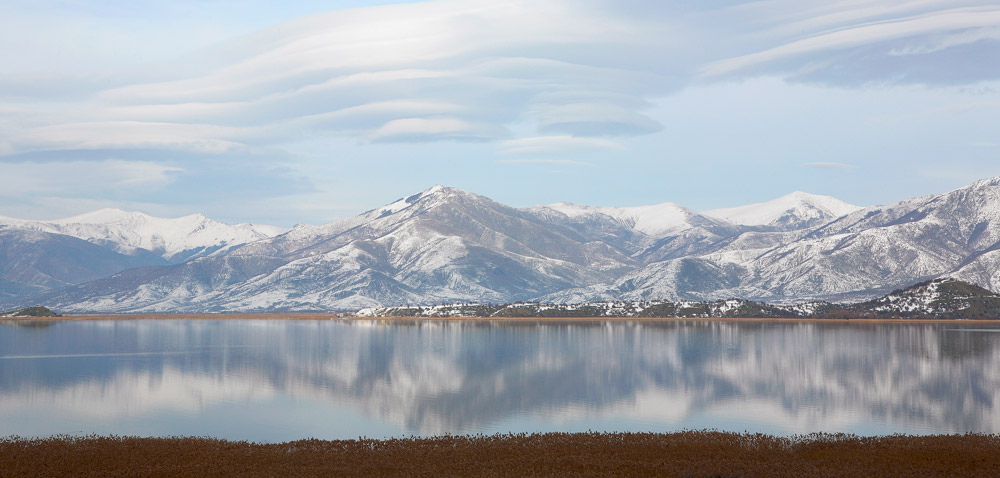
The region hosts a total population of approximately 185,000 inhabitants. It is considered rather sparsely populated, compared to the rest of the country. Four Greek cities are located there, Kozani, Grevena, Florina and Kastoria, however most of its population lives in rural areas. The local communities of these cities and the villages share a very unique vibrant cultural signature. A highlight would definitely be their folk music bands of copper wind instruments, called chalkina, offering a magnificent traditional Balkan sound. According to recent reports, the region suffers from unemployment, with one of the highest rates in the European Union, up to 19.7% for 2021.
Western Macedonia has an industrial area in Florina and another one to be constructed in Kozani. The secondary sector is very important for the regional economy, mainly due to the mining activities, the production of electric power and the fur-leather industry. Roughly, 70% of country’s total power is produced in the region. Agricultural production of high quality products, such as the Kozani yolk (saffron), the Florina peppers, wine, mushrooms, peaches, legume, potatos, sheeps and goats, dairy and barley, completes the map of economic activities.

This part of Greece showcases a series of particularities that inextricably link natural resources management to the socio-economic and environmental context of the area, especially around the energy production activity. Taking into account the upcoming decommissioning of all lignite plants by 2028 at the latest that aims at the decarbonization shift, a domino of environmental, economic and societal consequences are expected to take place in the near future. To the aforementioned implications one should also add the dependence of powerplants on freshwater resources used for cooling and the dependence of Florina’s heating and hot water supplying systems on teleheating that uses residual heat from the electric power generation.
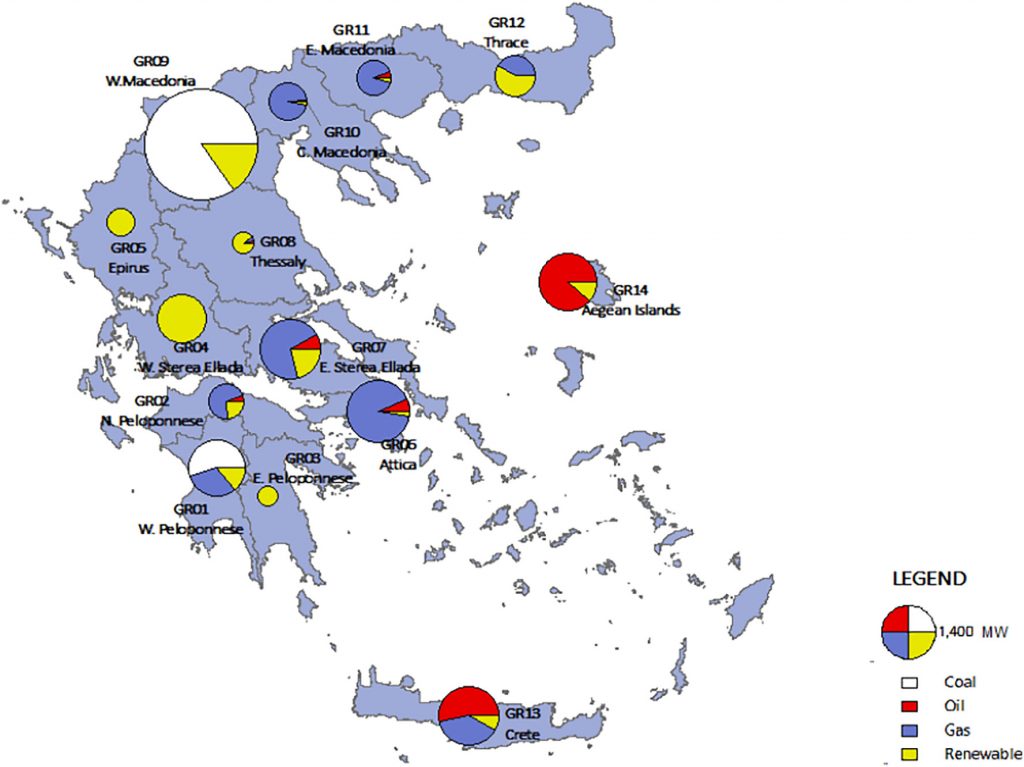
Out of all these interdependencies between different systems, it can be understood that any strategic planning in natural resources management in the area is doomed to fail, unless a holistic approach is followed that involves insights from the energy, water, food production, ecosystems sectors and that also examines the greenhouse gas emissions produced by all involved activities. Such an analysis is what the scientific world currently refers to as a Nexus analysis that initially involved water, energy and food. Nexus now has multiple definitions and approaches around the same concept of a holistic multisystem approach and is extended by many research groups to also involve ecosystems, land uses, climate change, waste, soil, health, and other.
One of the emblematic EU funded projects for progress in the nexus area has been Sim4Nexus, coordinated by Wageningen University, which brought together 26 partners and twelve case studies of regional, national, transboundary, European and global scales. Sim4Nexus introduced a five-component nexus analysis, investigating independencies among the water, energy, food, land and climate change systems. The project aimed at increasing the understanding of how water management, food production and consumption, energy supply and land use policies are linked together, and how they relate to climate action. It developed a methodological approach that integrated bio-physical modeling, policy analysis, and socioeconomic insights to quantify the interdependencies between the five components, exploit and create synergies between policies and avoid conflicts between policies.
The national case study of Greece, ran by the University of Thessaly as a project partner, was implemented at river basin district level, to address multiple temporal and spatial variabilities and particularities across the fourteen districts of the country. The region of Western Macedonia corresponds to the river basin district with code name GR09. The project engaged all interested parties, elicited useful information, exploited existing thematic models and data, simulated the physical systems and their interrelations, developed advanced integrated indicators and made an effort to provide easy to understand visualizations of these links. Finally it produced a serious game, where the player can apply various policy cards, relevant to existing policies on the country’s river basin districts, and run scenarios to gain an intuition on how these policies affect the complex web of resources management and Green House Gas emissions.
The nexus chord plots are one of the visualization outcomes of the project. They aim to give an insight on the importance of different interdependencies. By comparing two nexus chord plots one can understand that the thicker the flows, the more interdependent are the nexus components. At the figure attached, we can see the national and Western Macedonia plots. The plot of Western Macedonia is dominated by the massive flow that links energy to greenhouse gas emissions and energy to the built environment. It is the Greek region with the largest greenhouse gas emissions and is also the region with lowest temperatures and highest heating demand. The communities in Western Macedonia are the ones that endure the effects of large greenhouse gas emissions, showcasing that emissions associated with fossil fuel power plants have an intense “localized character”, even though the power generated is fed through the grid to serve the needs of the rest of the country. We can see that these two flows are much thicker compared to the national case, suggesting that the planning of the area needs to prioritize relevant activities. Additionally, GR09 is the river basin district exerting the second biggest pressures on the country’s water resources, predominantly for agriculture, producing a substantial share of the country’s agricultural products.
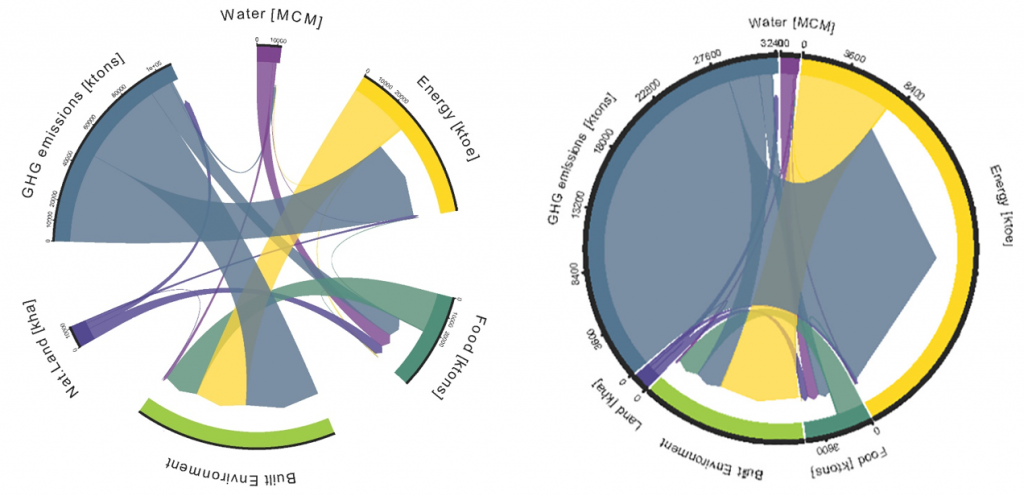
By playing the Sim4Nexus Serious Game for the Greek case study one can apply a series of specifically designed policy cards either to the river basin district of Western Macedonia or to the whole country. These may refer to reduction of coal, increase of renewable energy, water savings, water reuse, irrigation technologies, and crop choice shifts, among others. The game constitutes a powerful tool to facilitate planning of resources management and the implementation of the just transition plan of Western Macedonia. The latter plan elaborates specialized priorities for the area that involve energy transition, climate neutrality, agriculture and agrifood development, circular
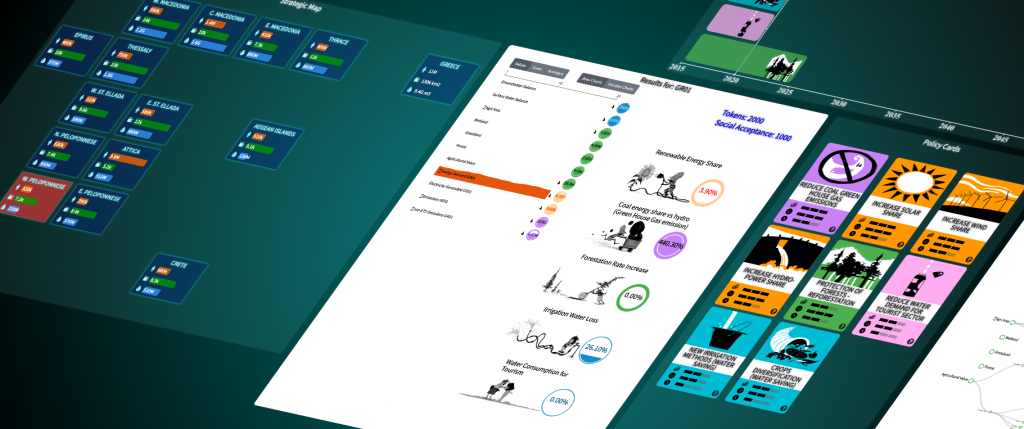
economy, transportation, smart cities and land uses planning. The game can project and quantify the domino effects in many of these priorities in an integrated manner and offer science and data informed fine-tuning. The plan also prioritizes entrepreneurship and upskilling and reskilling of workers. These priorities reveal the societal and economic challenges of this complex system. The local society also needs social and economic tools to withstand the transition without falling deeper into unemployment but, on the contrary, to improve their livelihoods and quality of life. In order not only to achieve the transition but also exploit it as an opportunity for improving lives, the whole quintuple helix needs to be leveraged, i.e., environment, academia, the civil society, industry and government.
